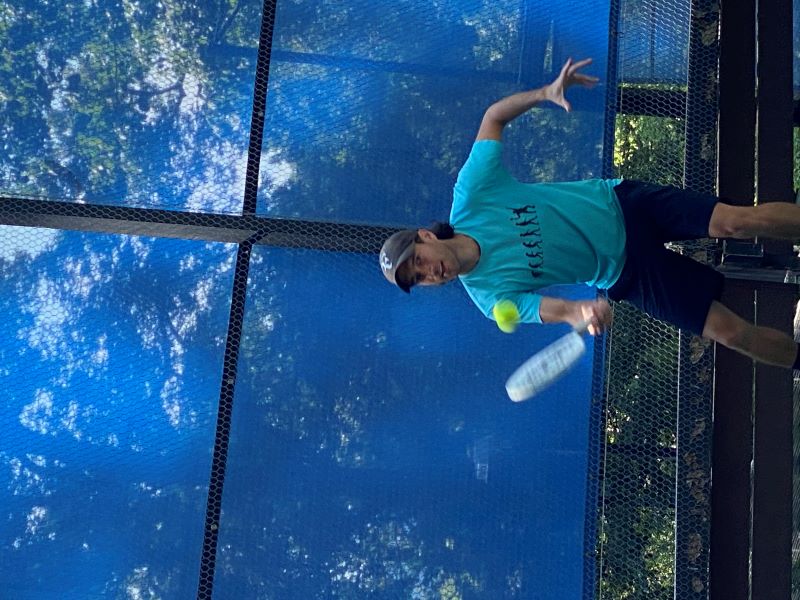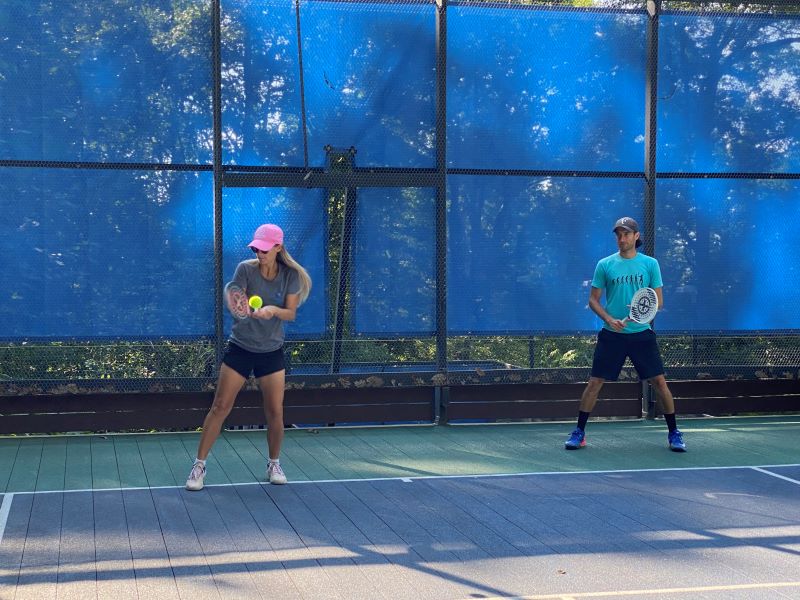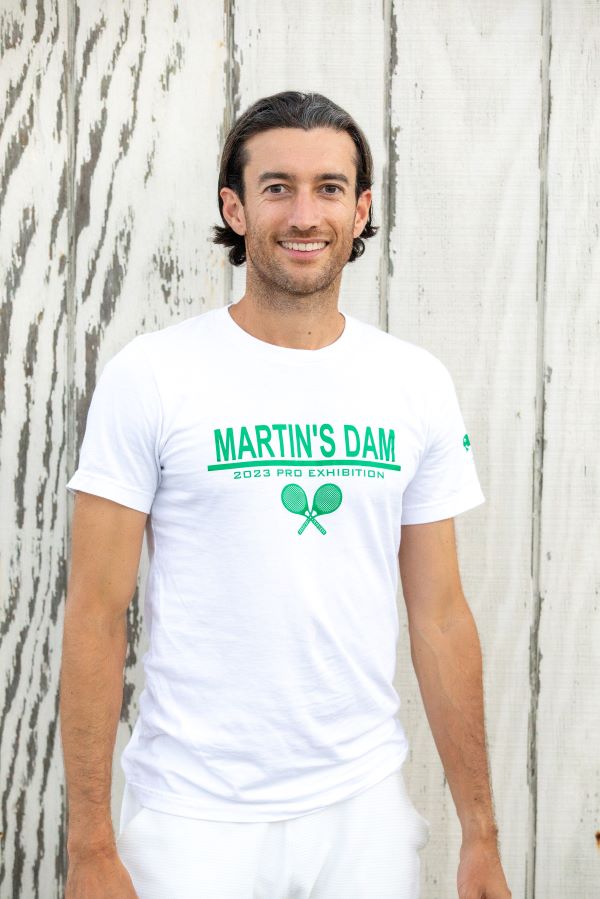NEWS
The Art of Paddle - Part 1

In this first of 4 articles, we examine Sun Tzu’s The Art of War and learn how deception, baiting, and tactics and strategy are applied to platform tennis competition.
Roughly 2,500 years ago, military strategist Sun Tzu proved himself as a supreme war tactician in hundreds of battles during the turbulent period of the late Chou dynasty. Translated from his writings, the book The Art of War is a lasting literary work laying out his principles behind a successful military campaign. These principles emphasize preparedness, flexibility, and understanding the environment.
Like conflict on the battlefield, paddle tennis is a battle between opposing forces. Let’s look at The Art of War to see what principles we can use and what action we can take to better compete on the court.
Deception
“All warfare is based on deception. Hence, when we are able to attack, we must seem unable; when we are near, we must make the enemy believe we are far away; when far away, we must make him believe we are near.”
The ability to disguise your paddle shots is extremely valuable, especially when it comes to offensive shots. For example, if you can make your opponent believe you are lobbing the ball, but drive it instead, you not only use the element of surprise, but you can likely catch your opponent out of position (they may have fallen back off the net in anticipation of a lob).
Since the game is played on a relatively small court, deception is more highly rewarded versus raw power; players do not have time to make many last-minute positioning adjustments. A slow shot, well disguised and well placed, will almost always be more effective than an undisguised powerful shot where the opponent has time to get into position.
Action Step: Work on disguising your shots so that you don’t give anything away during your preparation—such as backswing depth, paddle face angle, etc. If you have a large grip change or significant body position change for certain shots, consider how you may disguise this move so that it doesn’t reveal your plan until the last moment.
Baiting
“Hold out baits to entice the enemy. Feign disorder, and crush him. If your opponent is of choleric temper, seek to irritate him. Pretend to be weak, that he may grow arrogant.”
Oftentimes, and especially at the highest levels, we need to sucker our opponents’ into making bad choices. A great example would be to offer the “meatball” high and powder-puff soft reset overhead to the middle of the court. This shot often tempts baseline players to hit a drive on a ball that is not optimal for driving. The net team has lured the baseline team into a poor choice, and pretended to be weak; meanwhile, they are closing the net, ready to stuff the volley right back to the driver, using the fast pace against him/her.
Action Step: Explore ways to “bait” your opponent into poor choices. These could be plays you create with or without the ball. Our opponents' emotional instability or hubris can always be used against them in a battle.
Tactics and Strategy
“In making tactical dispositions, the highest pitch you can attain is to conceal them. All men can see the tactics whereby I conquer, but what none can see is the strategy out of which victory is evolved.”
We have to make a distinction between tactics and strategy. Tactics are the unique plays you might use to disrupt your opponent. For example, if you notice the ad player has a poor backhand, you may focus overheads toward their side screen. Strategy, on the other hand, is the way you decide what to do based on your team's strengths and weaknesses relative to your opponents’. This is why you must never reveal your strategy, but your opponents may pick up on the tactics you used in victory.
Action Step: Think about the distinction between these two words, and how they apply to your game. Always keep your strategy to yourself. Test this principle by deciding how you will beat an opponent on Monday. Then, when you play again, decide on a different way to beat them. In this way, you give up your tactics—the way you will win today—but never your strategy—the thought process that leads you to come up with multiple ways to win.
Oliver Jones is the Director of Paddle at Martin’s Dam Swim and Tennis Club in Wayne, PA. He ranked in the Top 50 teams in 2023. He is the author of Paddle Principles: A Beginner to Advanced Guide to Winning Paddle. If you would like to purchase it, contact him directly at o.d.j.jones@gmail.com.
Part 2 coming soon.


